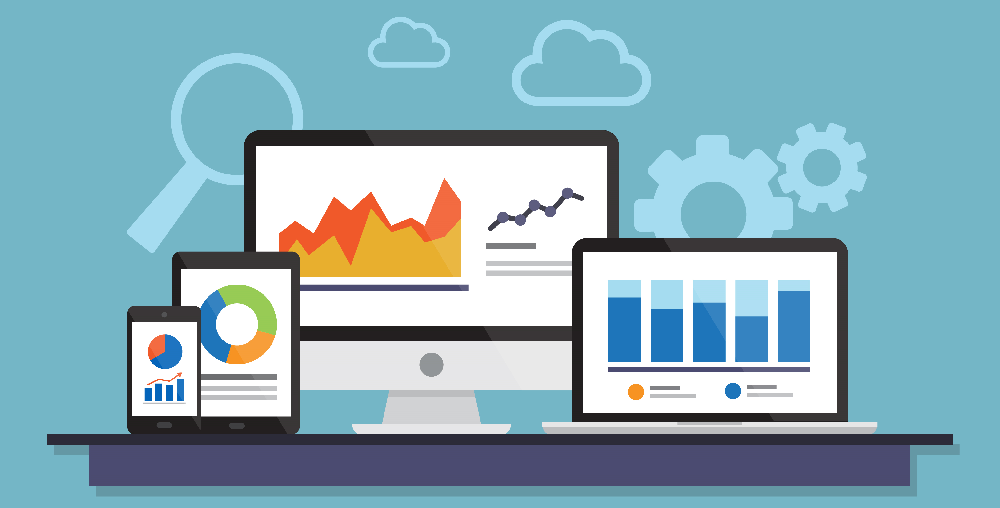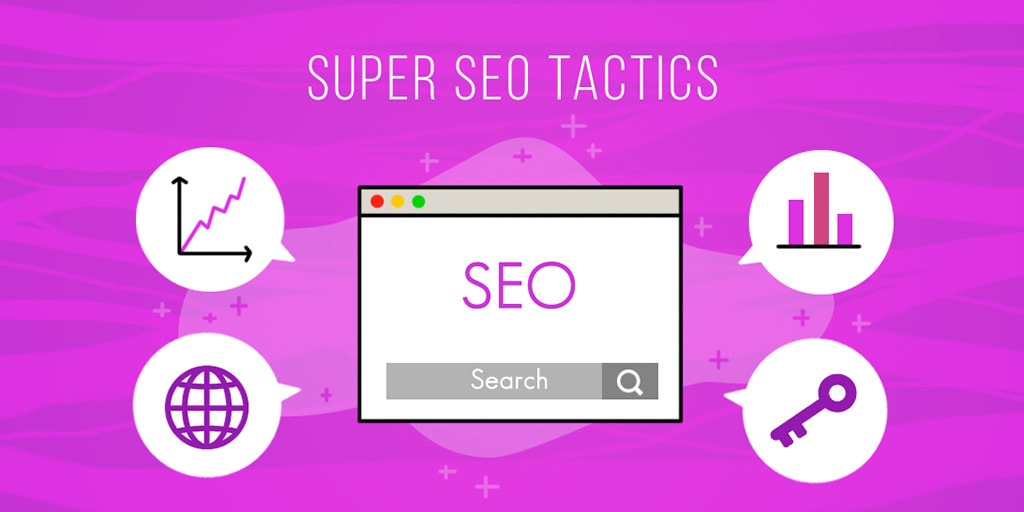Churn. Ask any SaaS manager what their biggest business challenge is and they’ll probably tell you it’s keeping hold of customers.
Losing customers is expensive. In fact, it costs between 5 to 25 times more to win a new customer than to keep an existing one.
Beyond a quality product and competitive prices, one way to retain customers is by making sure their product knowledge base is current and relevant.
Knowledge Base Software Features allow for Self Service
Gone are the days when an exasperated tech support team had to walk digitally incompetent customers through painfully simple processes over the phone.
Millennials and Gen Z now make up almost half of the population. They’re digital natives who were practically born holding an iPhone.
These generations of customers are no longer looking to be held by the hand.

You may have the most charming support staff in all the land, but if your customers have to speak to them, to a certain extent, you’ve already failed.
When they can get their coffee the way they want it ordering through an app, and pay for stuff without a cashier present; the last thing they want is to spend precious time calling your SaaS company for tech support.
Not only are customers happy to be left to their own devices, but some 70 percent of them actually expect your website to have its own self-service application.
Self Service Knowledge base software for your documentation needs
Know more
With 90 percent of companies competing on customer experience in 2016 alone, the point here is simple:
Fail to maintain a healthy knowledge base for your product and you fail to give customers what they want.
But before you take the plunge without assessing the depth of the water, there are a few things you should find out first.
In order to maintain a good internal knowledge base for your own product, you need to make sure you choose the right knowledge base software. This will help you deliver exceptional customer support, reduce churn, raise your SERP ranking, and cut down costs to boot!
Here are seven essential knowledge base software features:
1. A Super Fast Knowledge Base
You might have noticed that customers seem to have less patience these days. In fact, the average attention span is now shorter than that of a goldfish.
As a SaaS provider, you already know that your website needs to be fast. The majority of customers will abandon your page if it takes more than three seconds to load.


Each second waiting on the internet equates to at least 15 minutes in real world time. If your page is still sputtering into life after two seconds, you may as well hang up a sign saying “closed for lunch”.
Now, assuming that you’ve kept your customers on your site with your fast functioning pages, don’t fall at the final hurdle when it comes to your knowledge base portal.
Remember that you’re not only up against your direct competitors in the SaaS market. There’s a plethora of other distractions clamouring for your user’s attention. A phone call here, a pop up there, an advert on the radio…
You haven’t got the luxury of time to deliver your message, and your customers refuse to wait.
You need to make sure the SaaS-based knowledge base software you select delivers the performance required for your customer base.
That means it should scale globally, use technologies like CDN, and distribute data to deliver content closer to where the users are located.
2. A Killer Search Engine
An essential knowledge base software feature is that it should have a good search engine. Period.
You might have structured your content nicely using categories and subcategories, but no one is going to traverse and find the knowledge base article that way. The users’ first point of contact will be your search box.


Today’s customers want what they want when they want it. That means incorporating a killer search engine into your knowledge base that delivers the answers they seek instantly.
The best in class features of knowledge base software needs to have a search engine integrated that delivers results fast, even with thousands of articles and documentation to scroll through.
And beyond being fast, your search engine should take into account the fact that most customers are just a little bit lazy.
If they can get by with typing two words instead of three, or entering the incorrect spelling, fully expect them to. Also, they may not know the exact names of the products you offer or the way you have them labelled in your knowledge base.
31% of customers want instant online help. Get started with a knowledge base solution
Signup now



Your search engine, therefore, needs to be forgiving and allow for partial search.
This means using an algorithm that makes the connection between what they type in and what they’re looking for, including misspelt words.
So it’s important to make sure the SaaS-based knowledge base product you choose comes with a top-class search capability to provide relevant content to your customers.
3. User Feedback and Analytics
Keep in mind, the documentation inside your knowledge base software isn’t carved in stone. In fact, you should be updating and editing it constantly.
Your knowledge base software needs to include a key feature that lets you replenish your documentation easily, making sure your customers never go away feeling hungry for more.
And if you’re not sure how to make your knowledge base more comprehensive, one of the best ways is to ask your customers.
Try asking them how satisfied they are on a scale from 1-5, or to rate individual articles to measure their usefulness.


This way, you can see what parts of your documentation can be improved and which articles are helping your customers the most.
You can even find out what your worst performing articles are. If you constantly see a lot of dislikes for an article, you’ll know it’s time to pay attention to the article and improve it.
You may also be interested in different types of searches the users are performing on your knowledge base, and if you see them leaving without matching content, you can quickly cover it with new articles.
Either way, your knowledge base software features should include customer insights built in to keep it a collaborative work in progress.
That means rich analytics so that you can understand exactly what your customers are looking for.


You can also measure the number of views, to find out which are the most popular, and which ones you should drop.
4. Clean User Experience
Hand in hand with customer experience (CX) comes user experience (UX) when looking to reduce your churn rate.


When your pages are loading quickly and your customers can search effectively, you’ll already be improving your site stickiness and SERP ranking.
But if the quality and knowledge base software features don’t match your website, it may cause your customers to jump ship.
If your knowledge base is poorly organised, unbranded, or makes your customers feel like they are in a foreign land, urgent attention is needed.
Considering the top UX trends for 2017, your knowledge base software should allow you to offer an uncluttered and simple user experience.
The search function should work quickly and the answers should be logical and easy to find.
Make your knowledge base easily searchable on the internet
Get started today



It should also be easy on the eye and be an extension of your brand. Try a mix of video tutorials that are entertaining and can rank on YouTube, and textual content that ranks well on Google.
Not all knowledge base software providers offer customisation possibilities. So look for one that allows you to reflect your brand in it and add the graphics and colours you like.
5. Uncompromised Authoring
You should also demand an uncompromised authoring experience, so that adding more documentation is simple. Look for a knowledge base software that comes with an uncomplicated text editor and easy way to add graphics.


The majority of the time, the editor should be sleek and have only minimal interfaces so that the authors can work distraction free.
Make sure that writing new articles is as pleasant and comfortable as possible for your team, with no steep learning curve or obnoxious functions.
There’s beauty in simplicity. Neither you nor your customers should have to ask for help. If you find that you do, it may not be the best knowledge base software for your SaaS product.
6. Enterprise Grade Backup
Imagine for a moment, that you’d spent weeks, or perhaps months, adding content to your knowledge base. Maybe hundreds of good articles explaining your product, how-to, troubleshooting, user stories, and more.
Then one day your newest hire accidentally hits the wrong series of buttons, or a resentful employee decides to clean out all your documents.
Your stunning work of art is gone.
Forever…


It may seem fairly obvious or basic, but your knowledge base software should come complete with enterprise grade backup. It should have the capability to restore and reversion when and where necessary.
Some knowledge base software providers will only offer partial backup or none at all, so it really pays to research beforehand, so that you never have to worry about losing your content.
Typically, you don’t need to worry about backups when you are using a SaaS-based knowledge base product, however, most of the products in the market can only take care of system failures like disks. They don’t pay too much attention to human errors like the one mentioned here.
Make sure when you are choosing your knowledge base product, it comes with a good backup/restore story to address human errors in addition to system errors.
7. Search Engine Optimization
You already know that you need to optimize your knowledge base with SEO practices by filling it with keywords and search terms to help your website rank.
But all that work could turn out to be very difficult if your knowledge base software doesn’t come with SEO friendly practices built in.


So be sure to find out whether your knowledge base software has SEO friendly URLs, and if you can generate a sitemap for it. This is so that its pages can be correctly indexed and bots can crawl it without problems.
It should also have fields for you to add SEO staples, like Meta Title and Meta Description.
Knowledge base software out of the box should support SEO basic standards and help you to boost your content’s visibility and ranking.
The Takeaway
About 45 percent of companies offering self-service customer support report an increase in traffic and a decrease in phone calls.
Using a knowledge base software for your SaaS product can work wonders for your ranking, as well as enriching your customer experience.
But be sure to choose the right one. Look for the best knowledge base software features that incorporate a powerful search engine, customization, collaboration and backup.
Make sure it allows you to collect user insights and serves up a simple and satisfying user experience. Invest in one that backs up your work at all times and has built-in SEO best practices.
And then get writing! Your customers, support staff, and the accountant will thank you for it!
Are you ready to get started with a knowledge base software for your SaaS team? Take advantage of your Document360 free trial now!







